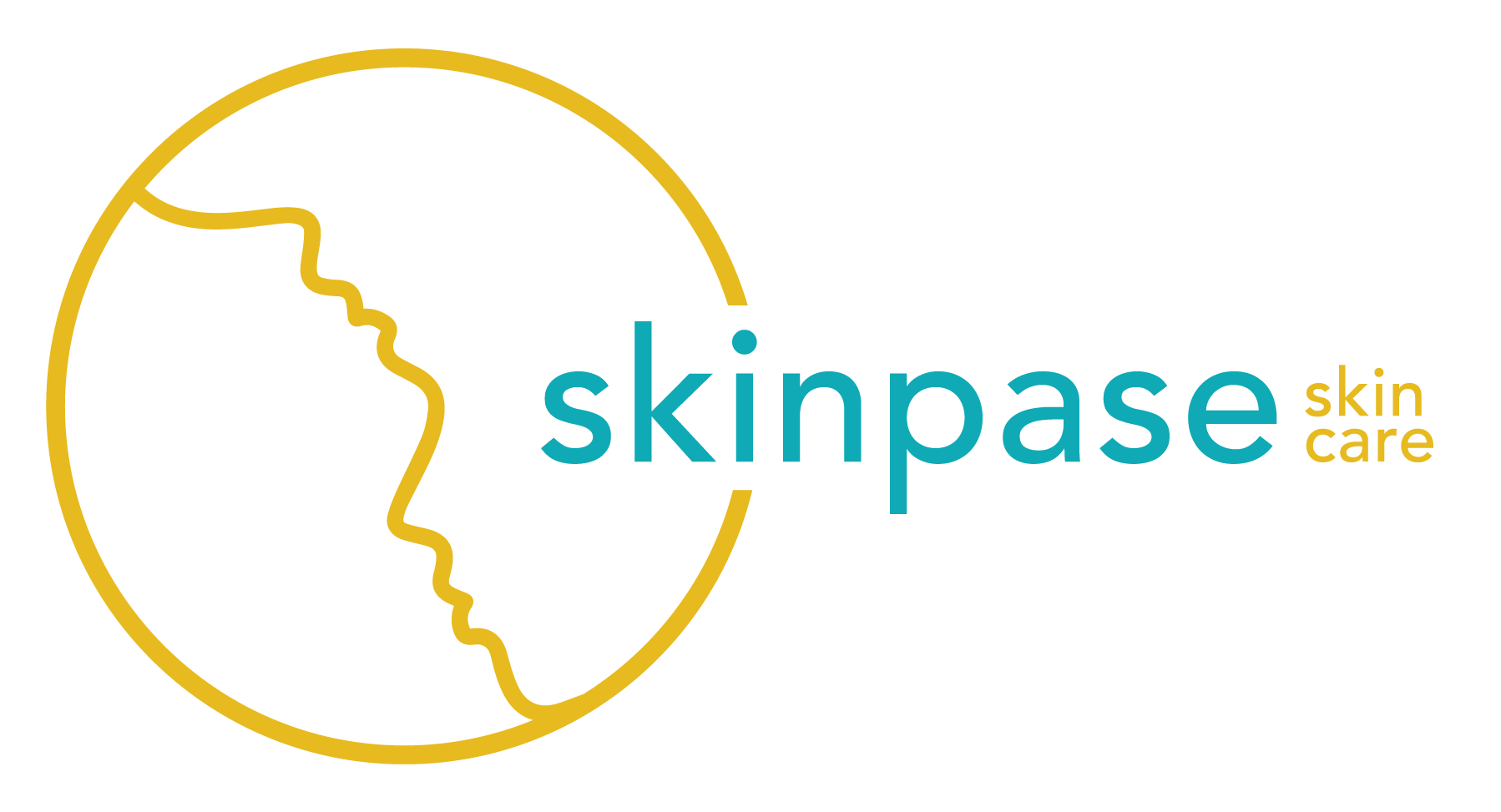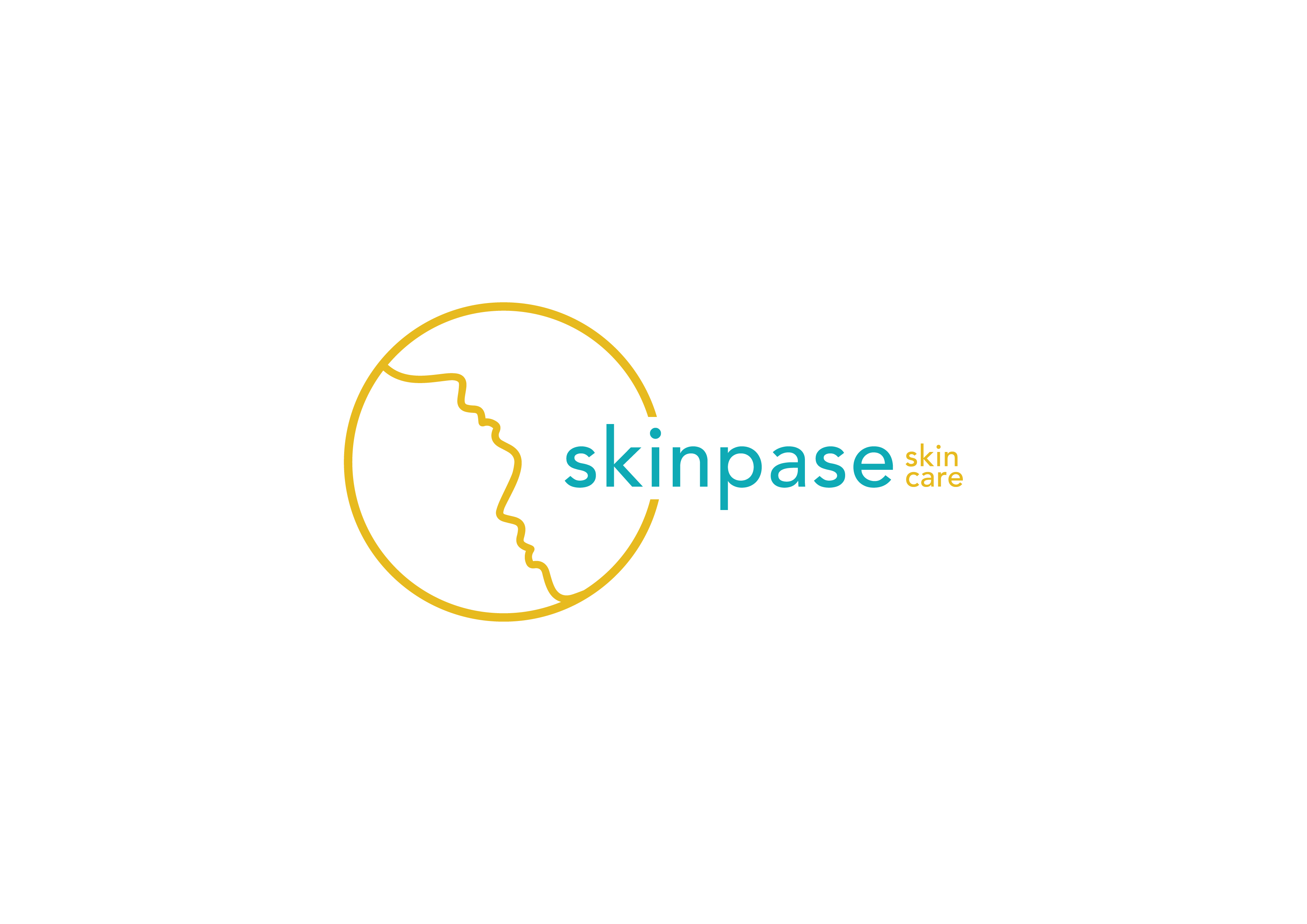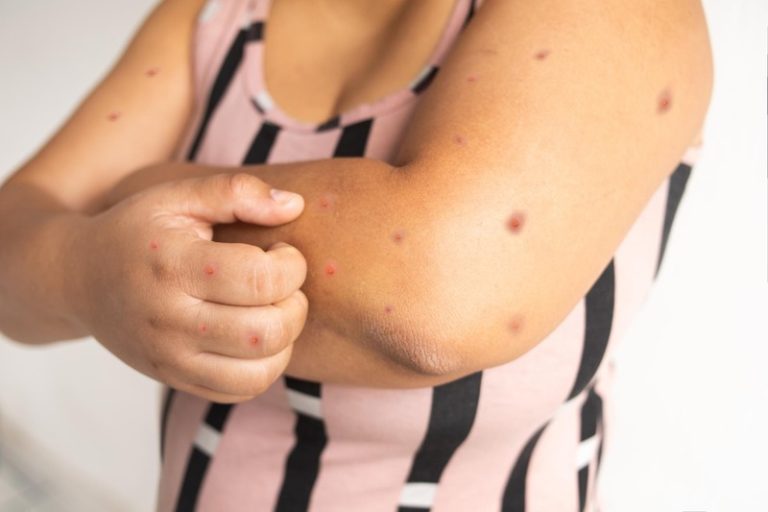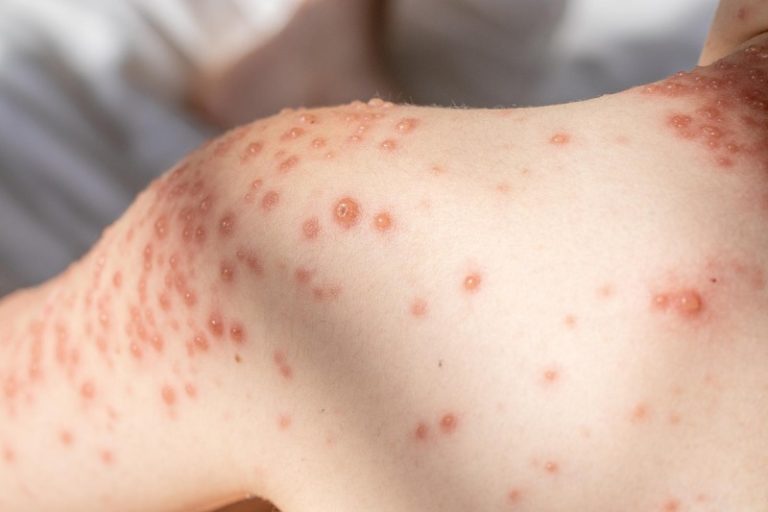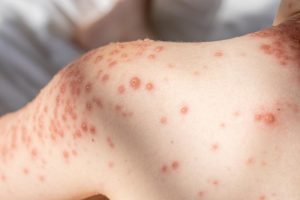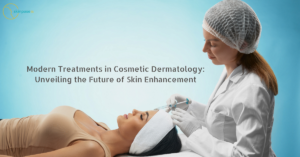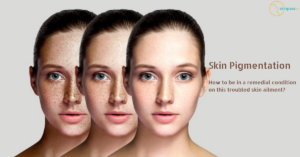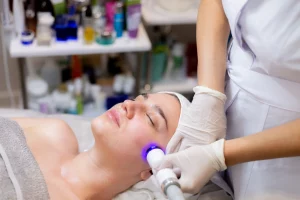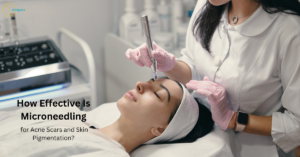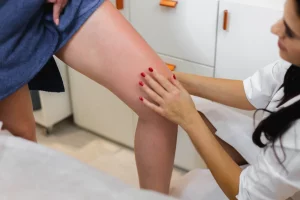Treatment of Chicken pox scars at Skinpase Clinic
Chicken pox scar
Chickenpox is a highly contagious viral disease that causes blisters to form on the skin. Skin injury and scarring could develop from scratching them. Chickenpox scars on face can affect one’s self confidence.
● Common features of chicken pox scars:
● Round (approximately 5-10mm in diameter)
● Sunken (atrophic)
● Darker or lighter in colour than the nearby skin that is unaffected
Collagen is destroyed during the formation of these scars. The skin’s surface cannot be effectively mended if collagen and elastin are not produced in appropriate amounts as the skin heals from a chicken pox blister. The surface of the affected area changes to an uneven, sunken appearance.
What Causes Chickenpox Scars In Adults?
Blisters appear everywhere on the body as a result of chickenpox, along with intense itching. It is essential to withstand the urge to scratch the blisters. Scars from the chickenpox have two main causes:
● Excessive scratching that worsens an infection by causing deep sores and skin damage.
● Skin irritation that leaves scars with an indented appearance.
Treatment of Chickenpox Scars
Non-Ablative Skin Resurfacing
Our dermatology clinic uses a cutting-edge, non-ablative skin resurfacing technique for the treatment of chickenpox scars on the face and other body parts with minimal downtime. Non-ablative refers to the fact that the skin cells are not destroyed or removed, making it less damaging. With the help of this incredibly adaptable technology, you can cure dyschromia, pimples, chicken pox, surgical scars and periorbital wrinkles. This is also ideal for stretch marks, keloids, blemishes, age spots, open pores, and fine lines. It is the only laser that features constant contact cooling, which enables safe treatment and patient satisfaction. It also has a special algorithm that guarantees concise, homogeneous, and secure energy delivery, shielding the tissue from heat buildup and overheating.
How does it work?
It only requires one pass to be successful, unlike many other fractional technologies, saving time and safeguarding the patient’s skin. Deep dermal heating is used during this operation to tighten skin and encourage collagen remodelling. Consequently, you feel a hot snapping feeling as the laser energy is transmitted to the area in a layering motion. Following the application of numbing cream, it is easily tolerated and quite convenient. The general health of the skin keeps improving as treatments are steadily repeated every month.
Our laser dermatology department has also quick remedies for treatments like laser hair removal, tattoo removal etc
Frequently Asked Questions
Can chickenpox scars be treated?
Yes, there are several treatment alternatives for removing chickenpox scars, including topical lotions, chemical peels, microdermabrasion, laser remedy, and surgical methods.The suitable treatment depends on the severity of the scars.
How long does it take to see results from chickenpox scar treatments?
The length of time it takes to see results from chickenpox scar removal can vary relying on the severity of the scars. Some treatments, consisting of topical lotions or gels, may show a small development within a few weeks. However, extra aggressive treatments like laser remedy or surgical approaches might take several weeks to months. Additionally, the range of remedies required will depend upon the particular scars.
Are chickenpox scar treatments painful?
The level of discomfort associated with chickenpox scar removal can vary relying on the kind of treatment. Some treatments, which includes chemical peels and laser therapy, might be painful and others including topical lotions is enormously painless.
Can chickenpox scars be completely removed?
While chickenpox scars removal can improve the appearance, it may no longer be feasible to completely get rid of them. The volume to which scars can be removed relies upon on elements including the severity and sort of the scars, the area of the scars, and the person’s skin type and recovery reaction. Some patients may have the scars slightly sizeable as others may see a partial improvement.
How can chickenpox scars be prevented?
The best way to get rid from chickenpox scars is to avoid scratching the blisters at any stage of the infection. Scratching can cause the blisters to rupture and increase the chance of scarring. It’s additionally important to keep the skin moisturized. Applying cool, damp compresses to the affected regions can lessen itching and infection. In some cases, antiviral medicines may be prescribed to reduce the severity and length of the contamination, which also can assist to prevent scarring. If scarring does occur, treatment can assist to minimize its appearance.
Latest Blogs
Updated Blogs & News
In recent years, cosmetic dermatology has undergone a remarkable transformation, introducing a plethora of cutting-edge treatments.They have altered our approach...
Our skin is the largest organ on our body and it’s the first thing people notice of our health or...
Looking to achieve a more youthful and Healthy Skin? If yes, you should strongly consider Laser skin resurfacing. By eliminating...
Introduction The quest for perfect, radiant skin is an aspiration shared by many individuals round the world. Skin pigmentation problems...
The sun is a powerful force that can be both beneficial and dangerous to our health. Sunlight is...
Thread veins and varicose veins are two types of veins that can cause discomfort and embarrassment. Thread veins...

